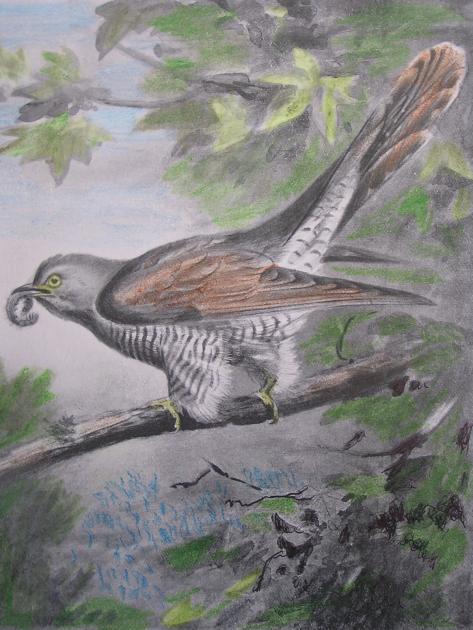| Especially for AGN media
In March, when the spring activities began, I discussed safe gardening from a physical fitness standpoint, that is, stretching, proper lifting techniques, using the right tools for work, using ergonomically designed tools to reduce stress on hands and arms, etc. Today I discuss safety in terms of sun, heat, and insect risks.
We had about a week of welcome relief from a couple of weeks of record breaking or near record breaking heat. We know what to look out for in relation to our plants and the heat, but in the heat of summer it is more important to take care of ourselves.
According to the American Academy of Dermatology (AAD), skin cancer is the most common cancer in the United States, with millions of cases diagnosed each year. Current estimates suggest that one in five Americans will develop skin cancer at some point in their lives. It is also one of the most preventable and treatable cancers when discovered early.
Ninety percent of skin cancers are related to sun exposure, as is premature aging and cataracts. Because exposure to UV light is the most preventable risk factor for all skin cancers, the AAD encourages everyone to protect their skin outdoors by seeking shade and wearing protective clothing, including a long-sleeved shirt, pants, wide-brimmed hat, and protective clothing Sunglasses with UV protection and application of a waterproof broad-spectrum sunscreen with a sun protection factor of 30 or higher to all areas of the skin that are not covered by clothing.
But not all fabrics are created equal. A bleached cotton t-shirt offers minimal protection – usually SPF 3 to 5 – while denim blue jeans offer more protection. Tightly woven fabrics are generally better than knitwear, and dark fabrics absorb UV rays, making them more protective than light fabrics.
This also applies to headgear. The maker of my wide-brimmed hat promotes its UV protection and the need to think about your head when it comes to sun protection. For more effective sun protection, choose clothing with a UV protection factor (UPF) on the label.
Since it is cooler in the mornings and evenings, many people try to do their work at these times. Use repellants and / or clothing to protect yourself from mosquito and other insect bites. As much rain and high humidity as we had, I can confirm the need for repellants during the day as well. At first I didn’t think about being exposed to chiggers. I spend a lot of time in the grass at work and get numerous chigger bites, even though I always wear pants when working outside. I now use repellents on my socks and pant cuffs in addition to areas of exposed skin.
Don’t forget to drink plenty of water to keep your body hydrated. As we’ve all heard, when you get thirsty, it’s too late – you are not hydrated. Drink water constantly whether you are thirsty or not to keep your fluid intake from losing fluids. Take regular breaks and enjoy the environment you have created.








